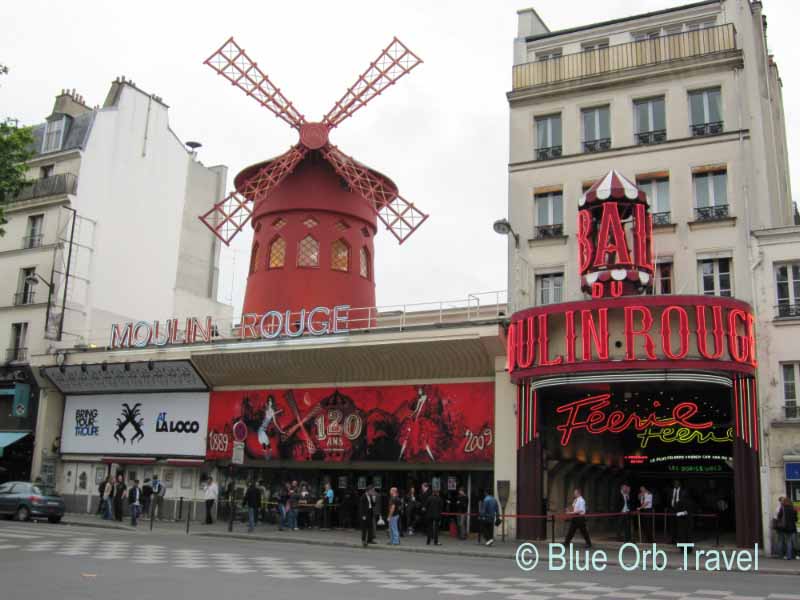I Love Paris in the Springtime!
A One Day Whirlwind Walking Tour of Paris
A first time visitor to Paris will certainly need several days or more to do justice to this fabulous city, but as a returning visitor my plan was only to hit some of the highlights before heading deeper into France. After all, I was on my way to the Atlantic coast area which I had never seen before.

Getting There
I left Mannheim in Southern Germany in the late morning of May 28 for the three hour train ride through the beautiful Alsace-Lorraine region of France. On arrival in the early afternoon I found an office at the Paris train station where I could make a hotel reservation and since time was limited I secured a room on the Left Bank and was soon on the subway heading for Montparnasse. I was quickly reminded that Paris is one city where you will not find many bargains when it comes to lodging. With little trouble I found my hotel near the train station from which I would be leaving the next morning and checked in to a very nice room that had a window opening out to the wide, tree lined Boulevard du Montparnasse. Taking advantage of the conveniences of my backpack, I unzipped the day pack from the main pack, which I could then leave at the hotel. Armed with a map, my camera, plenty of water and the Let’s Go Europe travel book I headed out to conquer Paris on foot once again.

The Left Bank
My walking tour lasted from about 2 PM until I returned to the hotel around 9 PM and took me essentially in a large circle around the city, encompassing some of the most famous sights and certainly many of my favorites. Walking past the Invalides it was not long before the Eiffel Tower came into view. It reminded me of my first visit to Paris some time ago, when rounding a corner after emerging from a subway I spotted this famous landmark off in the distance for the first time. It is a stunning sight and truly an exciting moment for anyone who enjoys seeing the wonders of the world. This time I had to pace myself so that I didn’t spend too much time milling around the beautiful park-like area surrounding the tower and pressed on across the Seine River to the Right Bank to see the Arc de Triomphe, the Champs-Elysees and the entrance to the Elysee Palace, home of the French president.

The Right Bank
The next leg of my walking tour was the most difficult, as I struggled with the map to find my way to Montmartre where artists put their famous Parisian scenes on canvas. Passing the Moulin Rouge on the way, I slowly climbed the hilly streets of Montmartre and continued on to the beautiful Sacre-Coeur Basilica at the top, with its breathtaking view of the city. It wasn’t until I spotted the Maine-Montparnasse Tower standing out alone near my hotel way off in the distance below that I realized how far I had come. Thankful for my good pair of walking shoes, I slowly made my way back down into the city center area. Crossing back over the Seine this time at the Ile de la Cite, an island in the river where the Notre Dame Cathedral is located, I was able to get in just before closing to see once again the fabulous rose windows. Back on the Left Bank again I rounded out my whirlwind tour by visiting the Luxembourg Gardens, the famous university, La Sorbonne, and the Pantheon before dragging myself back to the hotel.

An Excuse to Return to Paris
Veteran Francophiles will notice right away that I missed some of the most notable sights located in the center of my walking circle around Paris and elsewhere. To name just a few, the Place de la Concorde of ‘Reign of Terror’ fame during the French Revolution, the Bastille, the Louvre Museum, Versailles with its Petit Trianon, and of course the sidewalk cafes of Paris. These will have to be at the top of my list on my next visit to the City of Light and make for a convenient excuse to return.

I Love Paris in the Springtime! Read More »












